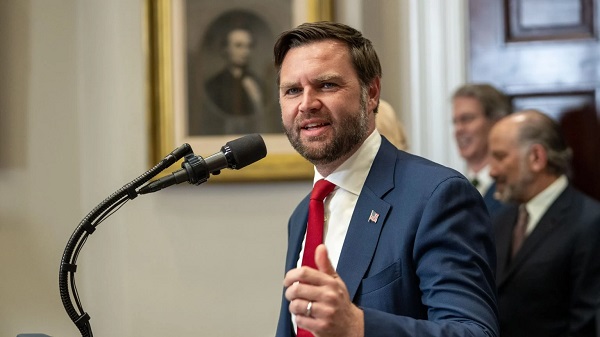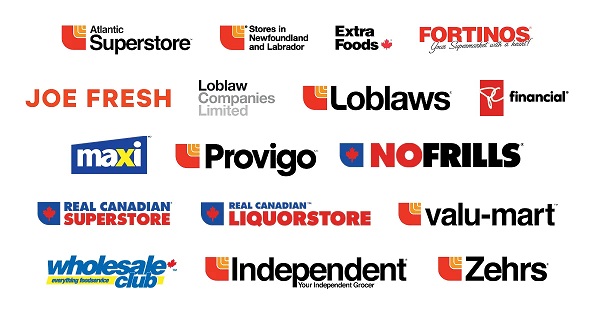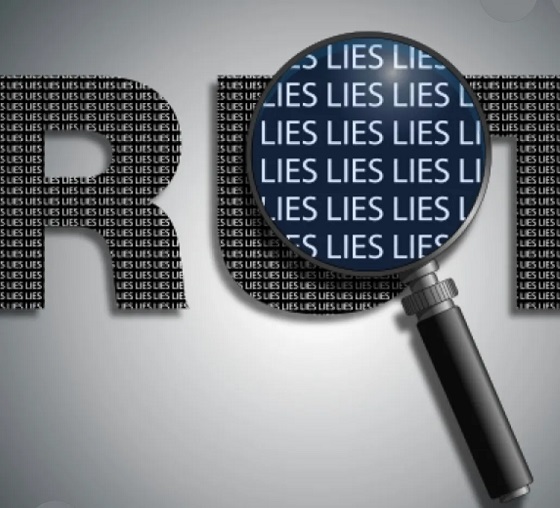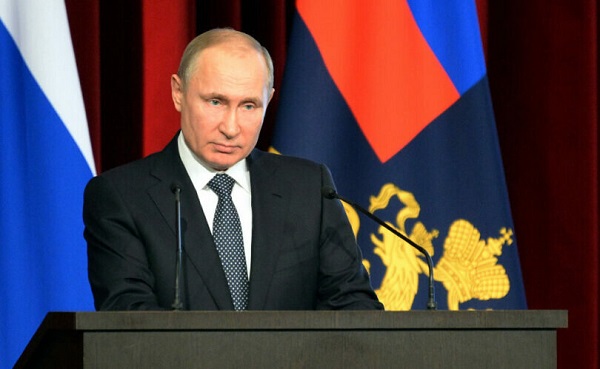Opinion
Quebec’s ban on gender-neutral bathrooms in schools is good news
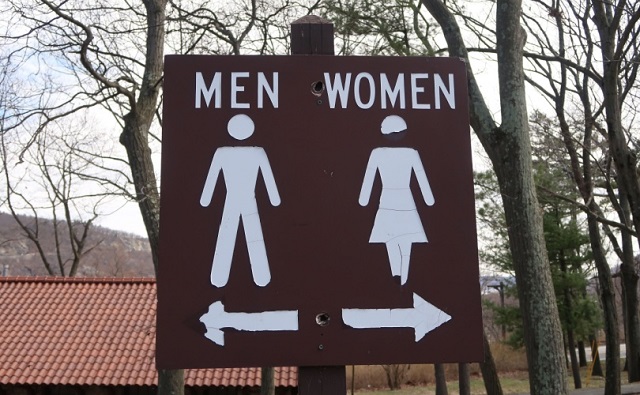
From LifeSiteNews
When one school in Alberta decided to bring in gender-neutral bathrooms back in 2017, many students avoided them because, as any idiot knows, boys and girls generally feel uncomfortable doing their business in a stall next to a member of the opposite sex.
It is still sometimes surreal to consider what constitutes a news story in 2024. Imagine telling your grandparents, or even your parents 20 years ago, that it would be breaking news across the board — Global News, the Globe and Mail, the national broadcaster — that a provincial government had issued a directive … that bathrooms and locker rooms in schools be specifically designated for either boys or girls.
But yet here we are. On May 1, Quebec’s new rules banning the implementation of shared, “gender-neutral” or “all-gender” bathrooms came into effect, the result of a 2023 petition to protest the plan to make all bathrooms gender neutral at D’Iberville high school in Rouyn-Noranda. At the time, Premier François Legault commissioned Family Minister Suzanne Roy with creating an advisory committee to do research; recommendations are expected in the winter of 2025.
But Education Minister Bernard Drainville, perhaps realizing how ridiculous it is that an advisory committee needs to be created — and then needs a year — to determine whether or not teenage boys and girls need their own bathrooms, decided to go ahead and “correct the course,” citing the need protect young girls from discomfort and harassment. When the news broke that a Quebec high school in Rouyn-Noranda was starting work on gender-neutral bathrooms, Drainville decided to address the issue via directive.
The very existence of such a sane, common-sense directive reveals how insane our culture has become; mandating male and female bathrooms is not the sort of thing one used to have to do, explicitly. The directive also stipulates that any student wishing to use an individual bathroom must be able to do so. The directive, Drainville says, is needed. “It’s a question of well-being, privacy, and respect for private life,” he said.
The CBC, of course, promptly hunted down some LGBT activists who predictably oppose the policy. “(The directive) is not well balanced because it stigmatizes kids that are a bit different,” said Mona Greenbaum, co-director of LGBT+ Family Coalition. “We know that from all sorts of research that it’s very harmful for young people to not have their gender identity affirmed.” The most recent research, of course, is the UK National Health Service’s Cass Review, which in fact concluded that the so-called “affirmative model” is “very harmful for young people.”
Jennifer Maccarone, a frequently hysterical LGBT activist and Member of the National Assembly, serves as the Liberal Party critic for “the 2SLGBTQIA+ community,” also weighed in, stating that the directive contradicted a 2021 guide for schools published by the Ministry of Education that supported the idea of gender-neutral spaces. “Does the government still stand by their document?” Maccarone demanded to know during a news conference. Drainville’s directive is pretty clear, so it would seem the answer to her question is “no.”
It is because of folks like Maccarone that such directives are even needed in the first place. When one school in Alberta decided to bring in gender-neutral bathrooms back in 2017, many students avoided them because, as any idiot knows, boys and girls generally feel uncomfortable doing their business in a stall next to a member of the opposite sex. Lineups began to form outside the gender-specific bathrooms, and students trekked all the way across the school to avoid using the gender-neutral bathrooms. Girls even risked dehydration and bladder infections rather than use bathrooms with males.
Of course, none of that matters to Maccarone and the LGBT activists. Their agenda is far more important than the comfort and safety of students — especially girls. Their complaints, and their stories, are never even considered. Fortunately, it appears that saner heads are finally prevailing.
Daily Caller
‘There Will Be Very Serious Retaliation’: Two American Servicemen, Interpreter Killed In Syrian Attack


From the Daily Caller News Foundation
Two U.S. Army soldiers and an American civilian interpreter were killed in a Saturday attack in Syria, the Department of War announced.
Sean Parnell, chief spokesman for the Pentagon, announced the three deaths in a statement posted to X, adding that three others were wounded. The attack occurred as the U.S. soldiers were conducting a “key leader engagement,” Parnell stated.
The soldiers’ mission was “in support of on-going counter-ISIS/counter-terrorism operations in the region,” Parnell wrote. The attack occurred in an area Syrian President Ahmed al-Sharaa does not have control, Fox News reported, citing a Pentagon official.
Dear Readers:
As a nonprofit, we are dependent on the generosity of our readers.
Please consider making a small donation of any amount here.
Thank you!
“The soldiers’ names, as well as identifying information about their units, are being withheld until 24 hours after the next of kin notification,” he continued. “This attack is currently under active investigation.”
Secretary of War Pete Hegseth said in a Saturday statement posted on X that the “savage” who perpetrated the attack was “killed by partner forces.”
“Let it be known, if you target Americans — anywhere in the world — you will spend the rest of your brief, anxious life knowing the U.S. will hunt you, find you, and ruthlessly kill you,” Hegseth wrote.
U.S. and Syrian forces came under attack Saturday amid a joint patrol near Palmyra, The New York Times reported, citing Syrian state news agency SANA. U.S. Central Command also confirmed the deaths in a Saturday X post, but noted additional updates about the incident will be provided as they become available.
President Trump responded to the attack on Truth Social:
We mourn the loss of three Great American Patriots in Syria, two soldiers, and one Civilian Interpreter. Likewise, we pray for the three injured soldiers who, it has just been confirmed, are doing well. This was an ISIS attack against the U.S., and Syria, in a very dangerous part of Syria, that is not fully controlled by them. The President of Syria, Ahmed al-Sharaa, is extremely angry and disturbed by this attack. There will be very serious retaliation. Thank you for your attention to this matter!
Business
Fuelled by federalism—America’s economically freest states come out on top

From the Fraser Institute
Do economic rivalries between Texas and California or New York and Florida feel like yet another sign that America has become hopelessly divided? There’s a bright side to their disagreements, and a new ranking of economic freedom across the states helps explain why.
As a popular bumper sticker among economists proclaims: “I heart federalism (for the natural experiments).” In a federal system, states have wide latitude to set priorities and to choose their own strategies to achieve them. It’s messy, but informative.
New York and California, along with other states like New Mexico, have long pursued a government-centric approach to economic policy. They tax a lot. They spend a lot. Their governments employ a large fraction of the workforce and set a high minimum wage.
They aren’t socialist by any means; most property is still in private hands. Consumers, workers and businesses still make most of their own decisions. But these states control more resources than other states do through taxes and regulation, so their governments play a larger role in economic life.
At the other end of the spectrum, New Hampshire, Tennessee, Florida and South Dakota allow citizens to make more of their own economic choices, keep more of their own money, and set more of their own terms of trade and work.
They aren’t free-market utopias; they impose plenty of regulatory burdens. But they are economically freer than other states.
These two groups have, in other words, been experimenting with different approaches to economic policy. Does one approach lead to higher incomes or faster growth? Greater economic equality or more upward mobility? What about other aspects of a good society like tolerance, generosity, or life satisfaction?
For two decades now, we’ve had a handy tool to assess these questions: The Fraser Institute’s annual “Economic Freedom of North America” index uses 10 variables in three broad areas—government spending, taxation, and labor regulation—to assess the degree of economic freedom in each of the 50 states and the territory of Puerto Rico, as well as in Canadian provinces and Mexican states.
It’s an objective measurement that allows economists to take stock of federalism’s natural experiments. Independent scholars have done just that, having now conducted over 250 studies using the index. With careful statistical analyses that control for the important differences among states—possibly confounding factors such as geography, climate, and historical development—the vast majority of these studies associate greater economic freedom with greater prosperity.
In fact, freedom’s payoffs are astounding.
States with high and increasing levels of economic freedom tend to see higher incomes, more entrepreneurial activity and more net in-migration. Their people tend to experience greater income mobility, and more income growth at both the top and bottom of the income distribution. They have less poverty, less homelessness and lower levels of food insecurity. People there even seem to be more philanthropic, more tolerant and more satisfied with their lives.
New Hampshire, Tennessee, and South Dakota topped the latest edition of the report while Puerto Rico, New Mexico, and New York rounded out the bottom. New Mexico displaced New York as the least economically free state in the union for the first time in 20 years, but it had always been near the bottom.
The bigger stories are the major movers. The last 10 years’ worth of available data show South Carolina, Ohio, Wisconsin, Idaho, Iowa and Utah moving up at least 10 places. Arizona, Virginia, Nebraska, and Maryland have all slid down 10 spots.
Over that same decade, those states that were among the freest 25 per cent on average saw their populations grow nearly 18 times faster than those in the bottom 25 per cent. Statewide personal income grew nine times as fast.
Economic freedom isn’t a panacea. Nor is it the only thing that matters. Geography, culture, and even luck can influence a state’s prosperity. But while policymakers can’t move mountains or rewrite cultures, they can look at the data, heed the lessons of our federalist experiment, and permit their citizens more economic freedom.
-

 Alberta17 hours ago
Alberta17 hours agoThe Recall Trap: 21 Alberta MLA’s face recall petitions
-
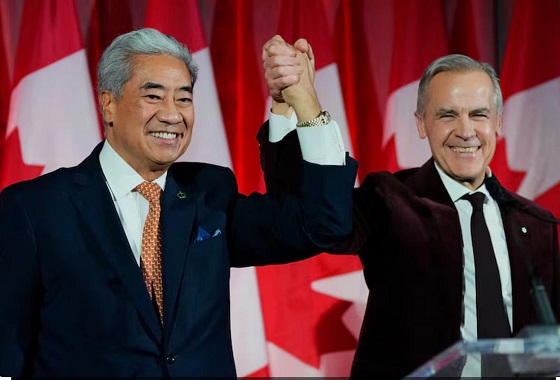
 Fly Straight - John Ivison2 days ago
Fly Straight - John Ivison2 days agoMPs who cross the floor are dishonourable members
-

 Energy24 hours ago
Energy24 hours agoCanada’s future prosperity runs through the northwest coast
-

 illegal immigration17 hours ago
illegal immigration17 hours agoUS Notes 2.5 million illegals out and counting
-
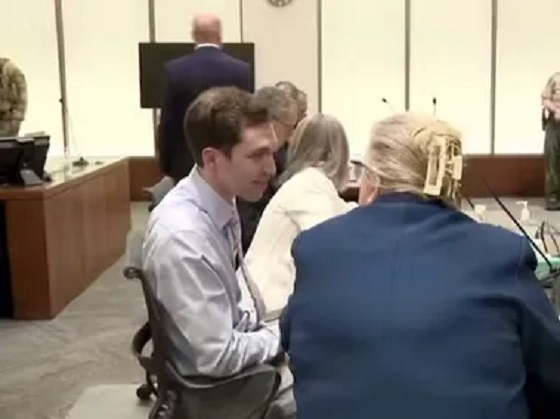
 International17 hours ago
International17 hours agoTyler Robinson shows no remorse in first court appearance for Kirk assassination
-

 2025 Federal Election2 days ago
2025 Federal Election2 days agoToo Close for Comfort: Carney Floor Crosser Comes From a Riding Tainted by PRC Interference
-

 Business1 day ago
Business1 day agoBrutal economic numbers need more course corrections from Ottawa
-

 Business1 day ago
Business1 day agoHigh-speed rail between Toronto and Quebec City a costly boondoggle for Canadian taxpayers




